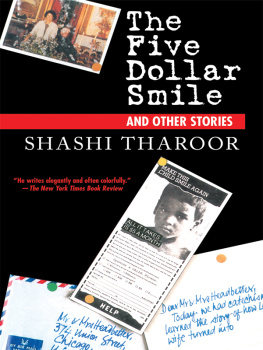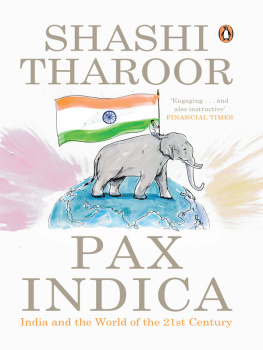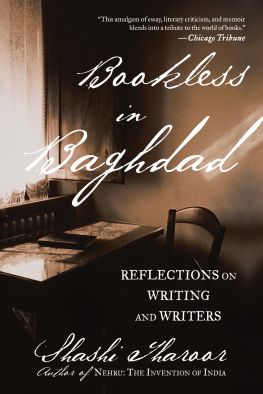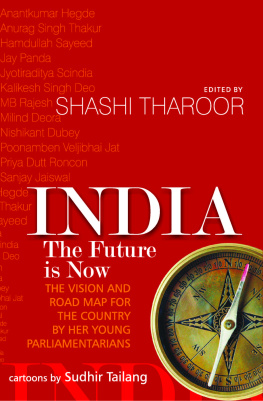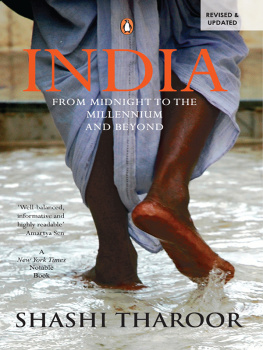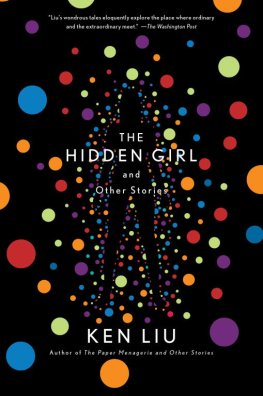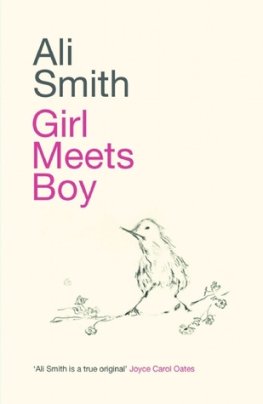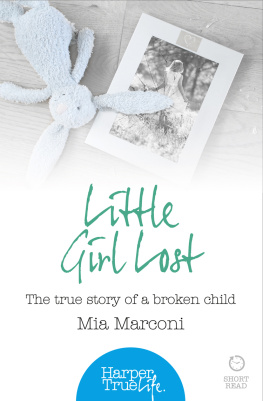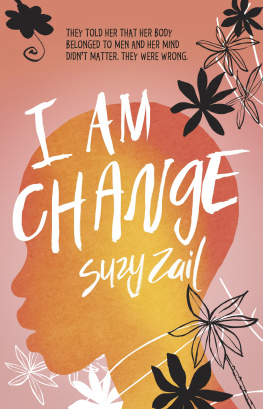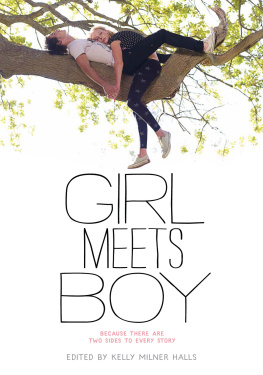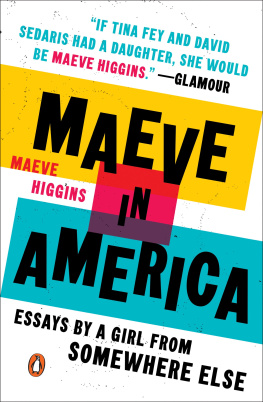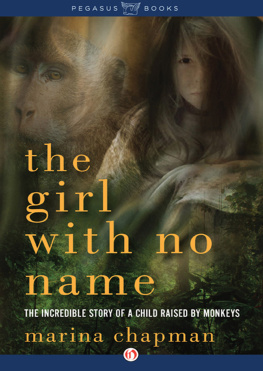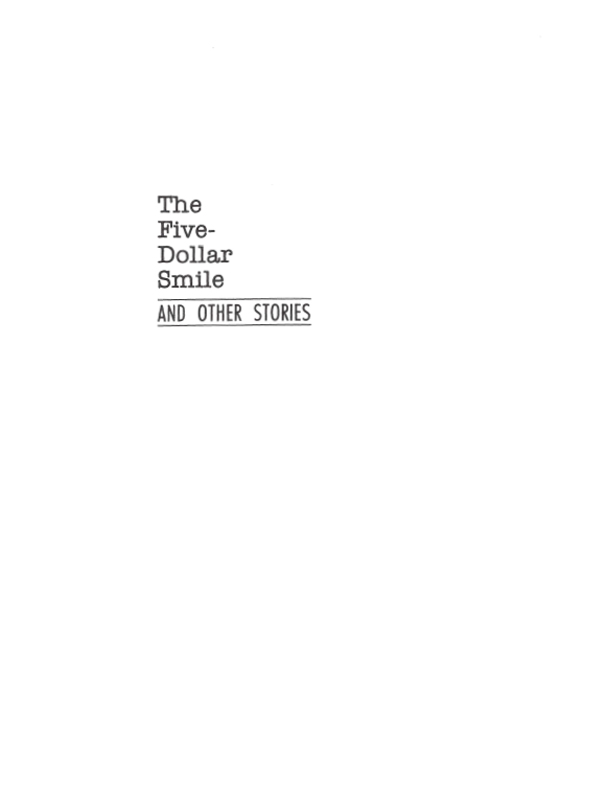By the Same Author
Fiction
The Great Indian Novel
Show Business
Riot
Nonfiction
Bookless in Baghdad
Nehru
India
The Elephant, the Tiger, and the Cell Phone
Copyright 1990, 1993, 2011 by Shashi Tharoor
All Rights Reserved. No part of this book may be reproduced in any manner without the express written consent of the publisher, except in the case of brief excerpts in critical reviews or articles. All inquiries should be addressed to Arcade Publishing, 307 West 36th Street, 11th Floor, New York, NY 10018.
Arcade Publishing books may be purchased in bulk at special discounts for sales promotion, corporate gifts, fund-raising, or educational purposes. Special editions can also be created to specifications. For details, contact the Special Sales Department, Arcade Publishing, 307 West 36th Street, 11th Floor, New York, NY 10018 or .
Arcade Publishing is a registered trademark of Skyhorse Publishing, Inc., a Delaware corporation.
Visit our website at www.arcadepub.com.
The characters and events in this book are fictitious. Any similarly to real persons, living or dead, is coincidental and not intended by the author.
The stories in this collection were first published in the following magazines: The Five-Dollar Smile (The Illustrated Weekly of India, Chicago Review); The Boutique (JS); How Bobby Chatterjee Turned to Drink (Eves Weekly); The Village Girl (Eves Weekly); The Temple Thief (JS); The Simple Man (JS); The Professors Daughter (The Illustrated Weekly of India); Friends (this story was published as The Synergists in JS); The Pyre (Youth Times ); The Political Murder (Gentleman); Auntie Rita (Eves Weekly); The Other Man (Eves Weekly); The Solitude of the Short-Story Writer (New Review, Cosmopolitan, The Illustrated Weekly of India, The Portable Lower East Side); The Death of a Schoolmaster (The Illustrated Weekly of India, Discovery).
10 9 8 7 6 5 4 3 2 1
Library of Congress Cataloging-in-Publication Data is available on file.
ISBN: 978-1-61145-409-3
eISBN: 978-1-62872-504-9
Printed in the United States of America
To my father
CHANDRAN THAROOR
the first reader of many of these stories, who saw the potential in the scribblings of a difficult child and did everything possible to nurture itthis book is offered with love and gratitude
Contents
Foreword
S ince the publication of The Great Indian Novel and Show Business, I have been asked many times, by a wide variety of peopleranging from an interviewer from Canada to a student at Wellesley College (not to mention a smattering of former readers of Indian magazines now living in this country)about my earlier stories. Their interest has tempted me to make these pieces available to a new readership.
The stories collected in this volume were all written (and for the most part published) during the period that spanned my adolescence and early adulthood. The earliest among them, The Boutique, was published when I was fifteen, and most of the rest were written in a spate of collegiate creativity before I turned nineteen. They largely reflect an adolescent sensibility: with one or two exceptions their concerns, their assumptions, and their language all emerge from the consciousness of an urban Indian male in his late teens.
To put them all in perspective, perhaps a few general words of background are in order. I wrote from a very young age, my first story emerging when I was six. I was an asthmatic child, often bedridden with severe attacks, and rapidly exhausted the diversions available to me. I found few books on the familys shelves that appealed to me, and those I read inconveniently fast. Purchases were expensive and libraries limited: many libraries let you borrow only one book at a time, and I had an awkward tendency to finish that in the car on the way home. Perhaps the ultimate clincher was that there was no television in the Bombay of my boyhood. So I wrote.
My imagination overcame my wheezing. My first stories were imitative school mysteries like those by Enid Blyton that all my classmates read. By the time I was nine I was attempting to churn out heroic tales of wartime derring-do. Here I was more than derivative: I abandoned any patriotic pretensions and wrote about an RAF fighter pilot called Reginald Bellows. When the first installment of Operation Bellows appeared in a new youth magazine, I was a month short of my eleventh birthday.
There is nothing quite like the thrill of first seeing your writing in print. It ranks with the other great moments of your life, the first school prize, the first kiss, the first smile from your baby. I had found my mtier.
My next few stories continued to be inspired by my childhood reading. I remember a Stephen Crane-type U.S. Civil War story (where the Yankee father ended up killing his Confederate son on the battleground, or it may have been the other way around) and one about a pair of school children who save a young king from assassination at his own coronation (the Shahs imperial extravaganza to mark the 2,500th year of his mythical dynasty was much in the news at the time, I believe). Finally, as I became a teenager, I started trying to depict the worlds I knew and saw around me. Improbable fantasies about distant lands seemed suddenly less interesting than writing about people like myself and the things that occupied our minds.
The audience was ready-made: Indians who read Indian mass-circulation magazines. I was writing to be published and read, not to pursue an obscure literary aesthetic. This in turn helped define the nature, and the limitations, of my work. In selecting these stories, I have omitted some that friends and family remember with pleasure but which now seem unworthy of resurrection. Yet the ones that have survived between these covers are fairly representative of the whole. I enjoyed writing them and hope some of that enjoyment proves communicable.
S. T.
Acknowledgments
T he stories in this collection originally appeared, some in slightly different form, in JS, The Illustrated Weekly of India, Eves Weekly , Youth Times , Gentleman , The New Review , and Cosmopolitan. Today all but one of these journals is defunct, but I should like gratefully to recall them and thank the editors (or fiction editors) who encouraged my early writingthe late Desmond Doig, Gulshan Ewing, Sadhan (Charlie) Banerjee, Jug Suraiya, Dina Mehta and Anees Jung. They have all published many better stories than these, but by finding space for my work they launched me on an adventure in which I am still, these many years later, happily engaged.
In publishing this book I should also like to express my gratitude to many outside the magazine world whose advice and kindness I have never forgottenMrs. Gopi Gauba and Mrs. Tapati Mookerji, whose early praise for my fiction helped me acquire both confidence and discipline; the many school and college friends whose feedback was the source of my continuing inspiration; the late Erica Kalmer, agent and translator, who brought me to the attention of a European audience by publishing many of the stories in this collection in German; Sri Kesava in Singapore, a warm and engaging friend whose enthusiasm for these stories sadly coincided with economic misfortune; and Han Suyin, whose generous regard for my writingand her exhortation that I must engage in a long and pitiless novel, which will allow (my) talent a wider scopehelped me persist at the key-board. And a word of appreciation for the old (and new) friend who remembered many of these stories and who read this collection with wisdom and insight: thank you, Ramu.

